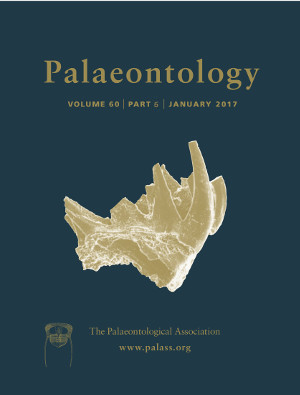Reg. Charity No. 1168330

Biological activity such as burrowing can alter benthic foraminiferal shell preservation and may also modify benthic foraminiferal assemblages by vertical mixing, inducing sediment homogenization. Here, we analyse benthic foraminiferal assemblages and taphonomy of upper Miocene marine deposits from Conil de la Frontera (Cádiz, south‐western Spain). The deposits consist of marls displaying a pervasive alternation of intensively bioturbated beds dominated by Macaronichnus segregatis traces (ichnofabric index 4–5) and non‐bioturbated beds. Benthic foraminiferal assemblages are dominated by Cibicidoides mundulus and Cibicides refulgens, indicating that the marls were deposited on an oligotrophic, well‐oxygenated upper slope. The impact of burrowing on the preservation of benthic foraminiferal tests was tested using Q‐mode cluster analysis, which found two well‐differentiated groups of samples, one including the non‐bioturbated beds and the other encompassing the bioturbated ones. Fragmentation and recrystallization account for the differentiation of these groups, both being higher in the bioturbated sediments. Aggressive chemical digestion by the Macaronichnus trace‐makers, assumed to be a polychaete worm of the family Opheliidae, etched the microfossil shells, making them more vulnerable to fragmentation. Intense bioturbation favoured the circulation of pore fluids, encouraging recrystallization. Pervasive burrowing resulted in significant vertical reworking of microfossils. As a consequence, benthic foraminiferal assemblages in the bioturbated beds were homogenized in the mixed layer; that is, the uppermost layer of the substrate totally burrowed. The alternation of bioturbated and non‐bioturbated beds reflects episodic transfer of food particles down slope from shallower parts of the shelf as well as from the continent due to storms under otherwise homogeneous oligotrophic marine conditions.